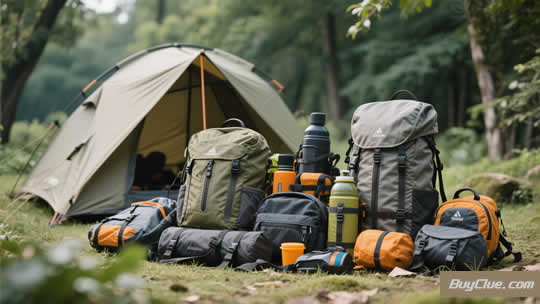What Are the Essential Outdoor Recreation Gear for Beginners?
Discover the best starter equipment for hiking, camping and more - from durable backpacks to weatherproof tents - ensuring safe and enjoyable adventures in nature.
Why Quality Gear Matters
- The right equipment enhances safety by providing protection from environmental hazards and weather conditions
- Quality gear improves comfort, allowing you to focus on enjoying the experience rather than enduring discomfort
- Properly selected equipment increases confidence for beginners, reducing anxiety about outdoor challenges
- Investing in versatile, durable items creates a foundation for future adventures across different outdoor activities
